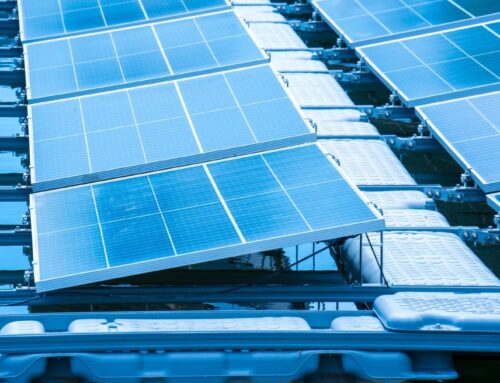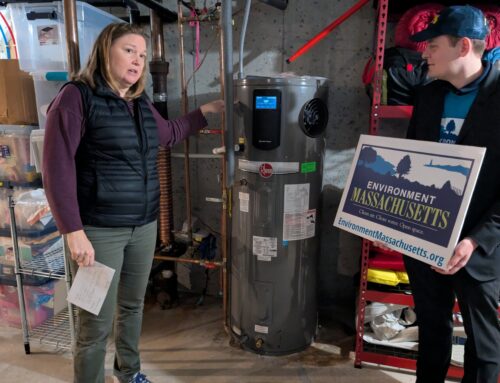Wind power to drive Canada’s renewable energy growth through 2030
November 26, 2025
This is a paid press release. Contact the press release distributor directly with any inquiries.
CER’s latest publication shows wind leading planned renewable power capacity additions, with Quebec, Alberta, and B.C. at the forefront.
CALGARY, AB, Nov. 26, 2025 /CNW/ – Wind power is set to dominate Canada’s power growth over the next five years, accounting for about 70% of planned renewable capacity additions, according to a new online publication from the Canada Energy Regulator (CER).
The publication, Renewable Energy in Canada: Current Status and Near-Term Developments, highlights that wind projects lead Canada’s planned power additions, with 6,206 MW of new wind by 2030. Solar follows with 2,337 MW and hydroelectricity with 202 MW. Altogether, these projects could add more than 8,745 MW of renewable capacity. By 2030, renewables would make up 72.9% of Canada’s electricity capacity, up from 70.5% in 2025.
Based on planned projects, Quebec will lead the country’s growth in renewable power capacity over the next five years, followed by Alberta and British Columbia. Another important trend is the growing number of renewable power projects owned by, or developed in partnership with, Indigenous Peoples. These partnerships are expanding across Canada, creating opportunities for Indigenous communities to participate directly in the renewable power sector.
Canada remains a world leader in renewable power, generating almost two-thirds of its electricity from renewables with hydro as the dominant source. The country also has one of the world’s lowest carbon intensities for electricity.
These findings are available in this interactive online publication, which provides a comprehensive look at Canada’s renewable energy landscape, including historical trends and planned projects through 2030. Readers can explore their own province or territory to discover local stories, compare regions, and dive into the diversity of energy sources shaping Canada.
The CER produces neutral, fact-based energy analysis to inform the energy conversation in Canada. This publication is part of a portfolio of products on energy supply, demand and infrastructure that the CER regularly publishes as part of its ongoing market monitoring.
Publication highlights
-
Quebec remains Canada’s largest renewable power producer, with planned additions of 3,545 MW by 2030, with its renewable capacity share increasing marginally from 97.5% to 97.7%.
-
Alberta’s renewable power capacity share will rise from 46.6% in 2025 to 53% by 2030, based on planned projects. Alberta has 2,413 MW of planned renewable capacity additions, second only to Quebec.
-
British Columbia records the third-largest renewable growth, with planned additions of 1,635 MW by 2030 which would marginally increase its renewable power capacity from 97.2% to 97.6%.
-
From 2010 to 2023, Canada’s total electricity generation capacity grew by 19%, while renewable capacity increased by 30%. Ontario, Quebec, Alberta, and BC drove most of this capacity growth, accounting for 30%, 23%, 18%, and 15% of national renewable additions—more than 85% combined.
-
Hydro is the dominant source of electricity in Canada, accounting for 58% of generation, with B.C., Manitoba, Quebec, Newfoundland and Labrador, and Yukon deriving more than 90% of their power from hydro.
-
Wind is Canada’s second-largest renewable source after hydro, making up about 6% of generation, while solar and biomass each account for another 1%.
-
The jurisdictions with the highest percentage of non-hydro renewable electricity generation are PEI (99.1%), Alberta (17.8%), Nova Scotia (15.4%), and Ontario (9.3%).
-
Between 2010 and 2023, renewable electricity generation grew from 62.8% to 66.3% of Canada’s electricity mix, and it is expected to keep rising.
-
Renewable energy accounts for about 1/6 (~16%) of Canadian total end-use energy demand. Renewable electricity accounts for 10% of total end-use demand and biofuels (primarily solid biofuels) made up the remaining 6%.
Quotes
“Over the past decade, declining capital costs, evolving policy frameworks and improved efficiency have made renewable projects in Canada, both large and small, cost-competitive with conventional electricity sources.”
Darren Christie
Chief Economist
Canada Energy Regulator
Associated Links
The Canada Energy Regulator (CER) works to keep energy moving safely across the country. We review energy development projects and share energy information, all while enforcing some of the strictest safety and environmental standards in the world. To find out how the CER is working for you visit us online or connect on social media
View original content: http://www.newswire.ca/en/releases/archive/November2025/26/c8172.html
Terms and Privacy Policy
Search
RECENT PRESS RELEASES
Related Post




